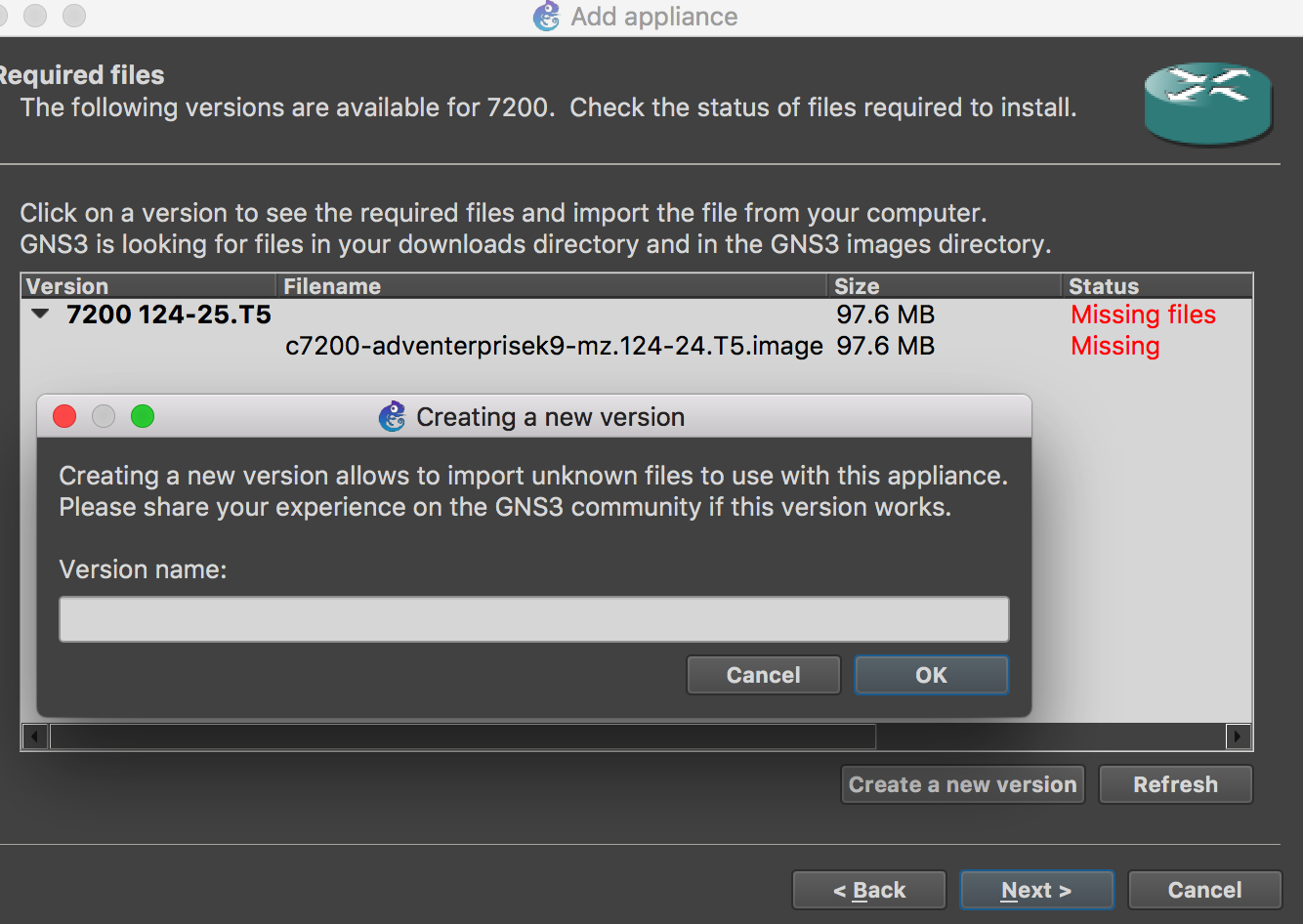

There are switches that can do routing - called 元 switches (actually an oxymoron), and there are routers which understand vlans, and actually switch the traffic. Now, you have all right to be confused as all above is actually not true any more and the "switch - router" demarcation line is blurry.

On the other side on a true pedigree "Switch" (like Cisco Catalyst 2950) you can do things above, but cannot assign IPs to interfaces like Fa0/1, cannot configure routing protocols etc. That is what the "Switches" suppose to be for.

The "router" is suppose to be "routing" the traffic and not "switching" the traffic. For example until recently there were no global "vlans" on any Cisco "Router", no spanning-tree, and obviously no switchports. So the story is that due to historical reasons Cisco 7200 is "Router" and not a "Switch" and therefore does not behave like a switch. Sometimes seeing how other people think forces you to think out-of-box. Destination Address Address Type VLAN Destination PortĠ definitively made my day with this one. If you were looking for a device you could ping it, look at the arp table to get the mac then use the mac command to find the port. It is used to record a stations mac address and it’s corresponding switch port location."Įxample: Port 17 has a device plugged in with this mac address. Here is a quote from "The CAM table, or content addressable memory table, is present in all Cisco Catalysts for layer 2 switching. I know you don't want to know about the ARP command but this command and the ARP command together you can find devices on your switches. I'm not sure why it's labeled Destination Address. The MAC table or CAM table only records source addresses. It identifies the mac address that is on that port. The column title in the command is a destination address. It will show multiple MAC addresses on the uplink port that connects to other switches. That's why I showed it two different ways. Some switches/ios versions have a slight variation of the command. Show mac-address table or show mac-address-table will give you the interface (the given name, not the name you assign it) and MAC Addresses.


 0 kommentar(er)
0 kommentar(er)
